Timmerhuis: OMA unveil a cascading urban complex in Rotterdam
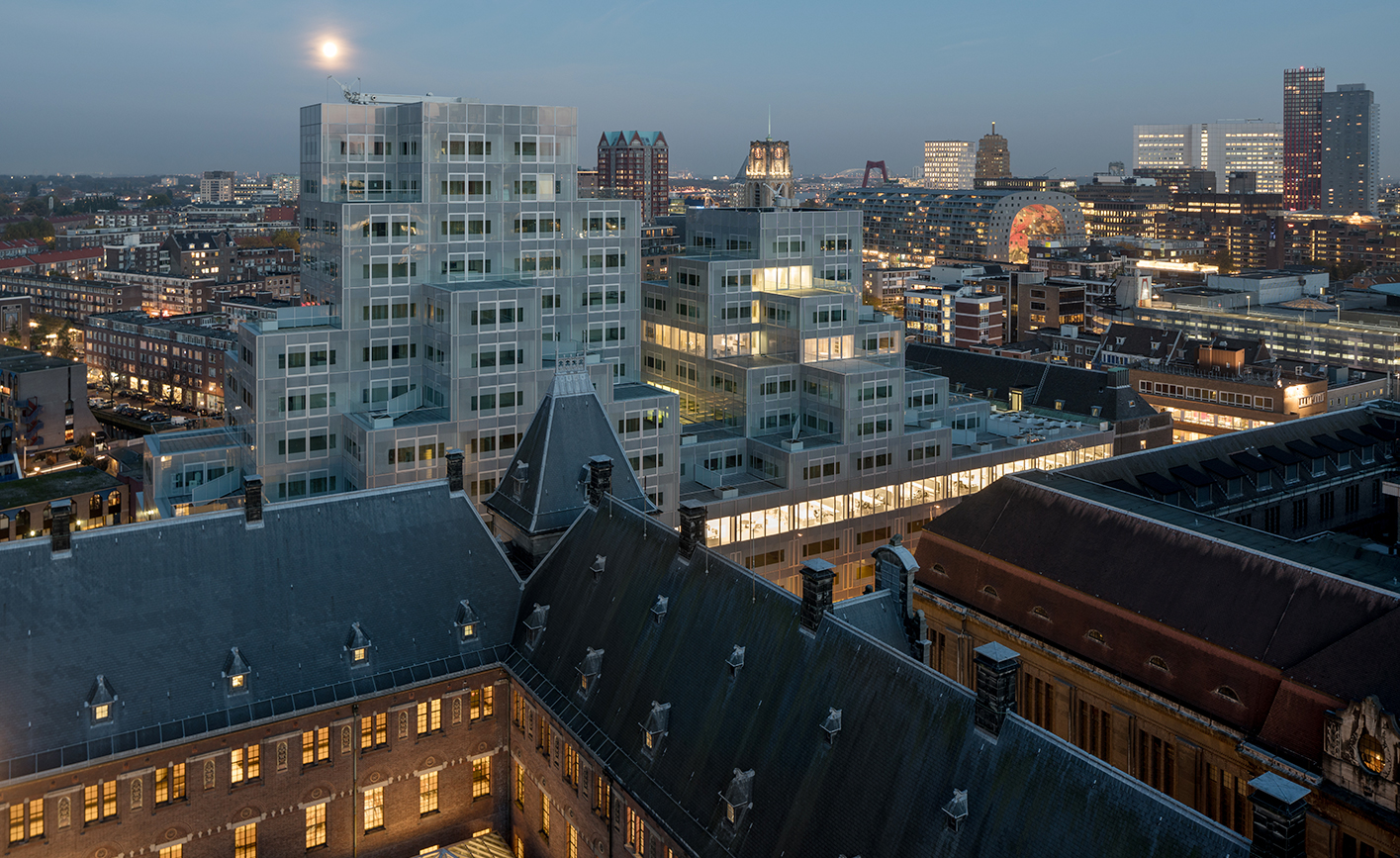
A grey pixelated cloud rises from Rotterdam's street level to form the city's latest architectural addition. The Timmerhuis, created by Dutch super-practice OMA is an all-encompasing response to several starting points; it is an inner city, urban structure that unites office, public space and residential; it was conceived as a beacon of sustainability; and it is also a reflection on a city's architectural identity. 'It is informal and monumental at the same time,' explains OMA's partner in charge Reinier De Graaf. 'It is a mirror of its own identity.'
Timmerhuis sits adjacent to a municipality establishment dating from the 1950s, on a site symbolising, in a way, the reconstruction of post-war Rotterdam. The plot flags up the city's particular urban identity; its flattened city centre meant that a large part of Rotterdam had to be completely rebuilt.
Now carefully designed for its plot, the new building's biggest part is occupied by city hall offices. The structure's cascading form culminates into two peaks that house 84 residential units. The series of apartments feature sky patios boasting exceptional views over the city (a rare luxury in central Rotterdam).
OMA's design forges close relationships with its context, as new and old blend physically and symbolically. The architects have used the city museum's archive to create striking tapestries adorning carefully designed interiors that cater for a diverse array of office typologies – open plan, meeting rooms, 'break-out' spaces, and work cubicles, to name a few. They have also turned part of the original municipality building's ornamental brick façade into an interior wall, reminding users of the site's historical heritage.
On the ground floor, however, the building reveals a more public front. The 'passage', an interior thoroughfare, dissects the space to connect the existing city hall premises and the Eastern portion of the city centre. A new museum showcasing the city's archive is set to open in February in a second atrium. Cafes and shops complete Timmerhuis' contribution to the surrounding street life.
As part of the brief, this is one of the country's most sustainable buildings to date, explain the architects. 'It had to be the most sustainable mixed-use building in the Netherlands – and it is. The components are recyclable,' says De Graaf, 'this was the main idea for sustainability.' Its structurally efficient modular form also contributes to this agenda.
Seen against the backdrop of the city's skyline, Timmerhuis 'dissolves into Rotterdam,' adds De Graaf; visually, physically, as well as symbolically.

Designed to combine city hall offices, public areas and a museum, the complex also offers residential units
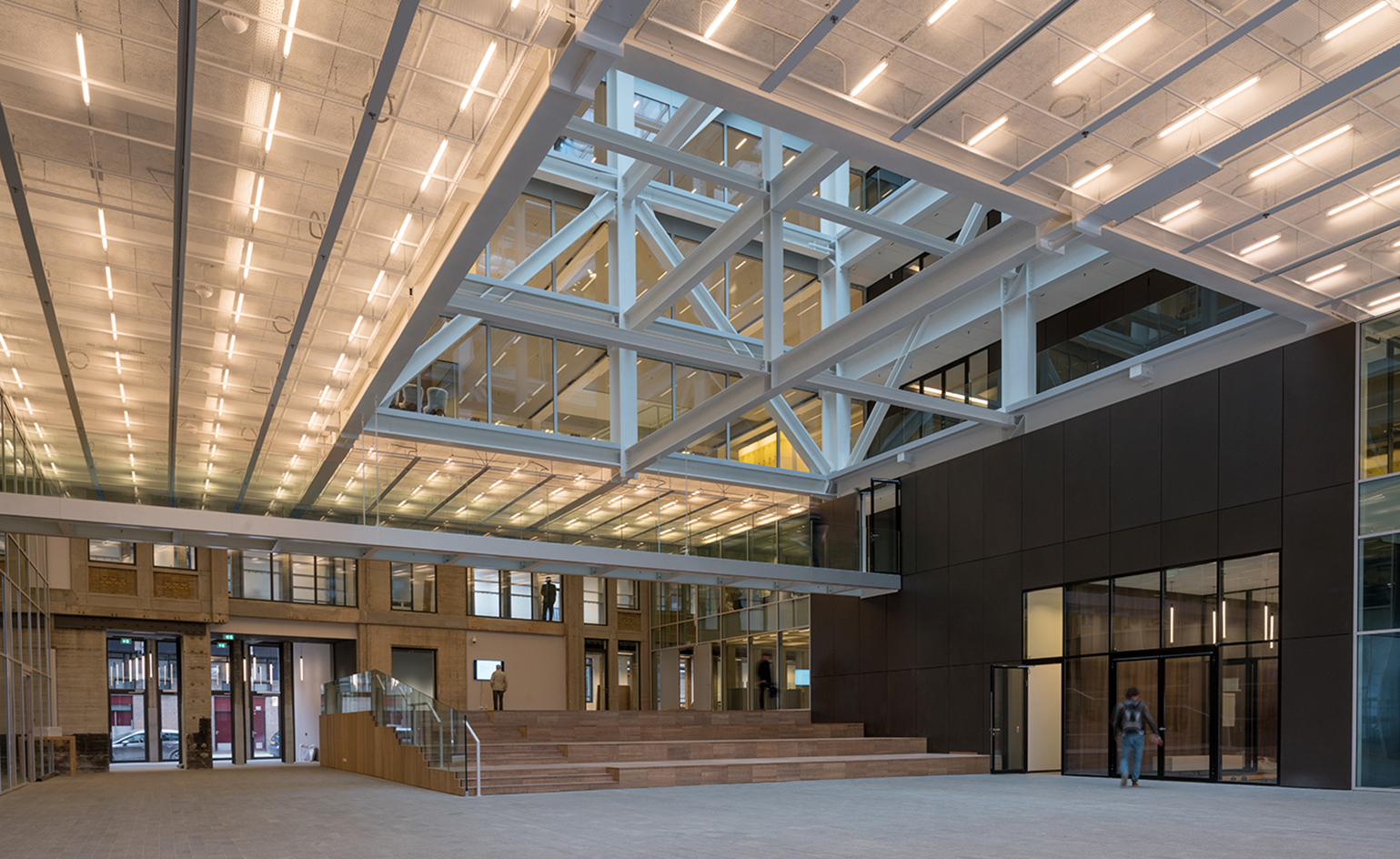
The ground level is open to the public - part of it will include a museum showing the city archives
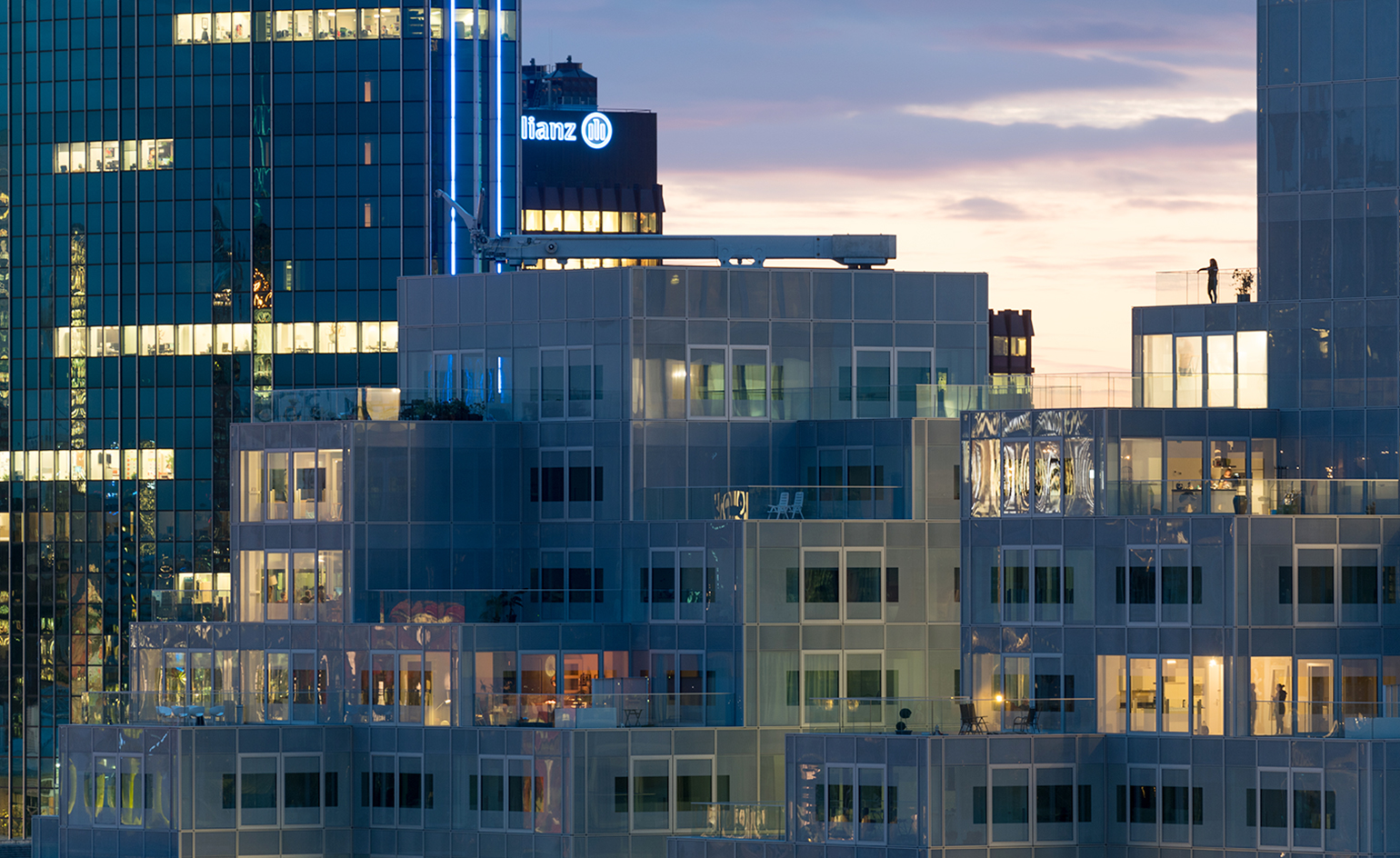
The structure is built on a central Rotterdam site that had remained empty post-war, symbolising the city’s need for rebuilding

Inside, the structure houses a diverse array of office typologies, from open plan to work cubicles, meeting rooms and break-out spaces
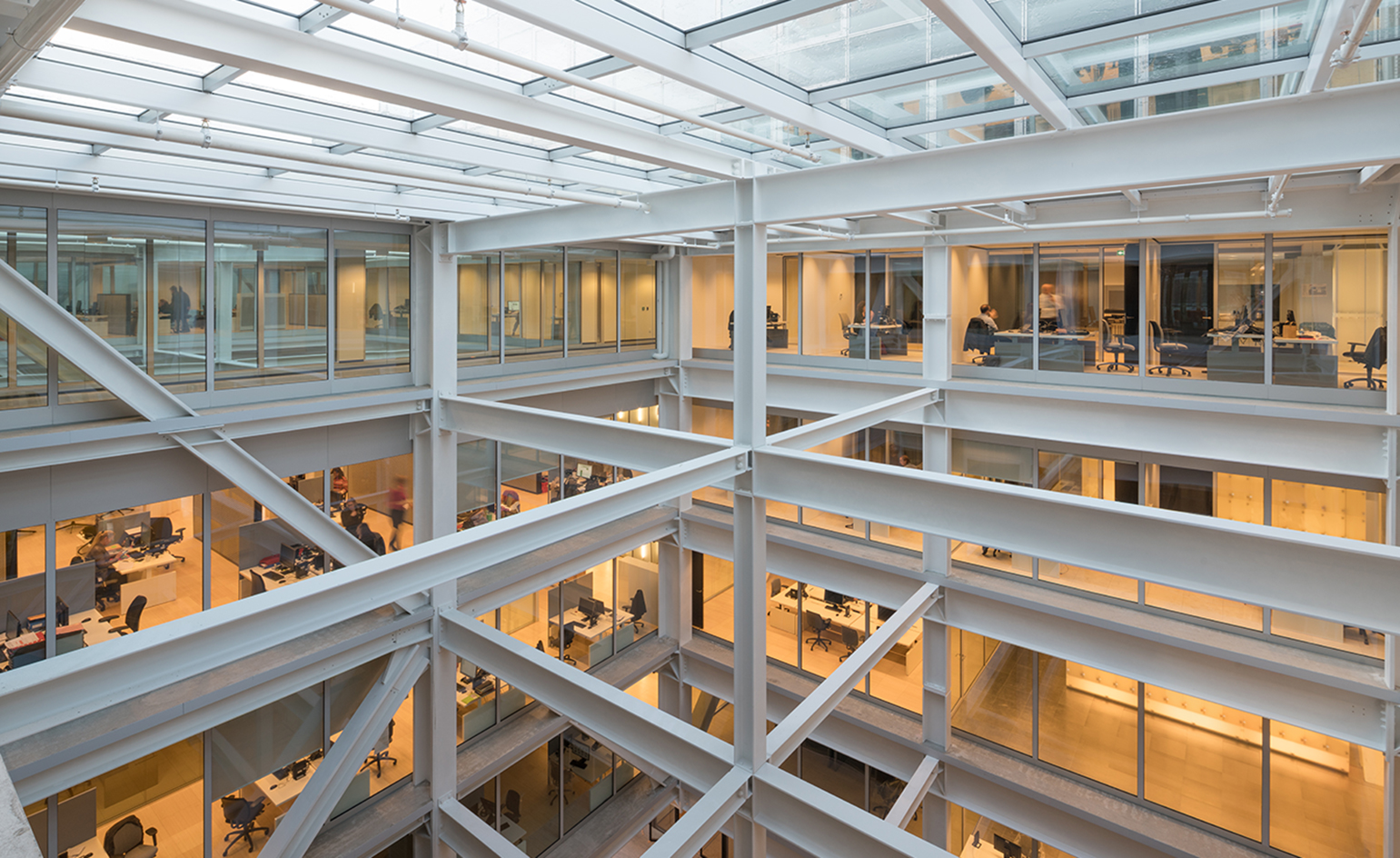
This is also one of The Netherland’s most sustainable buildings, using a modular system and recyclable components
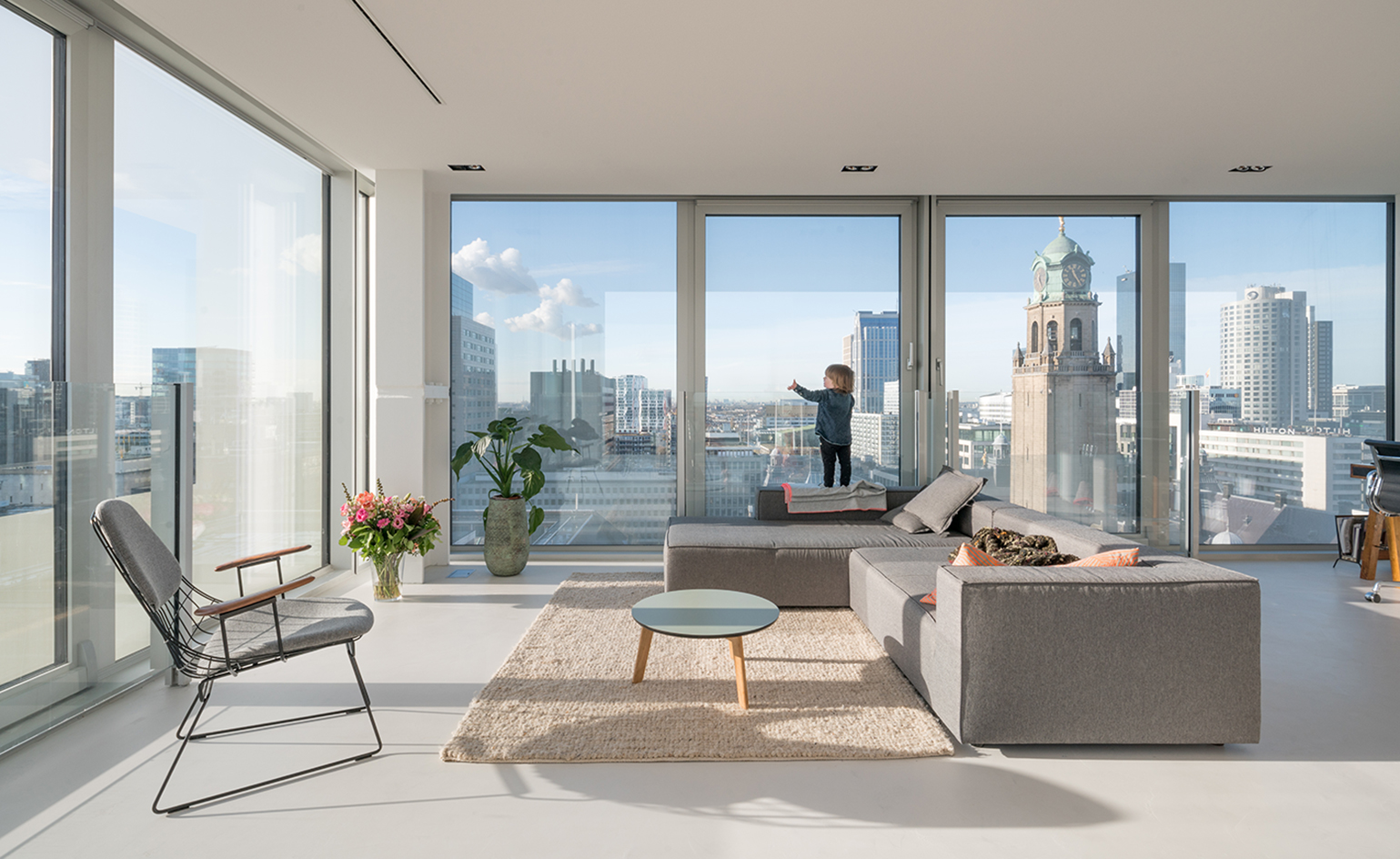
The residential units are placed at the building’s top, offering striking city vistas - a rarity in Rotterdam’s centre
INFORMATION
For more information on OMA visit the website
Photography: Ossip van Duivenbode
Receive our daily digest of inspiration, escapism and design stories from around the world direct to your inbox.
-
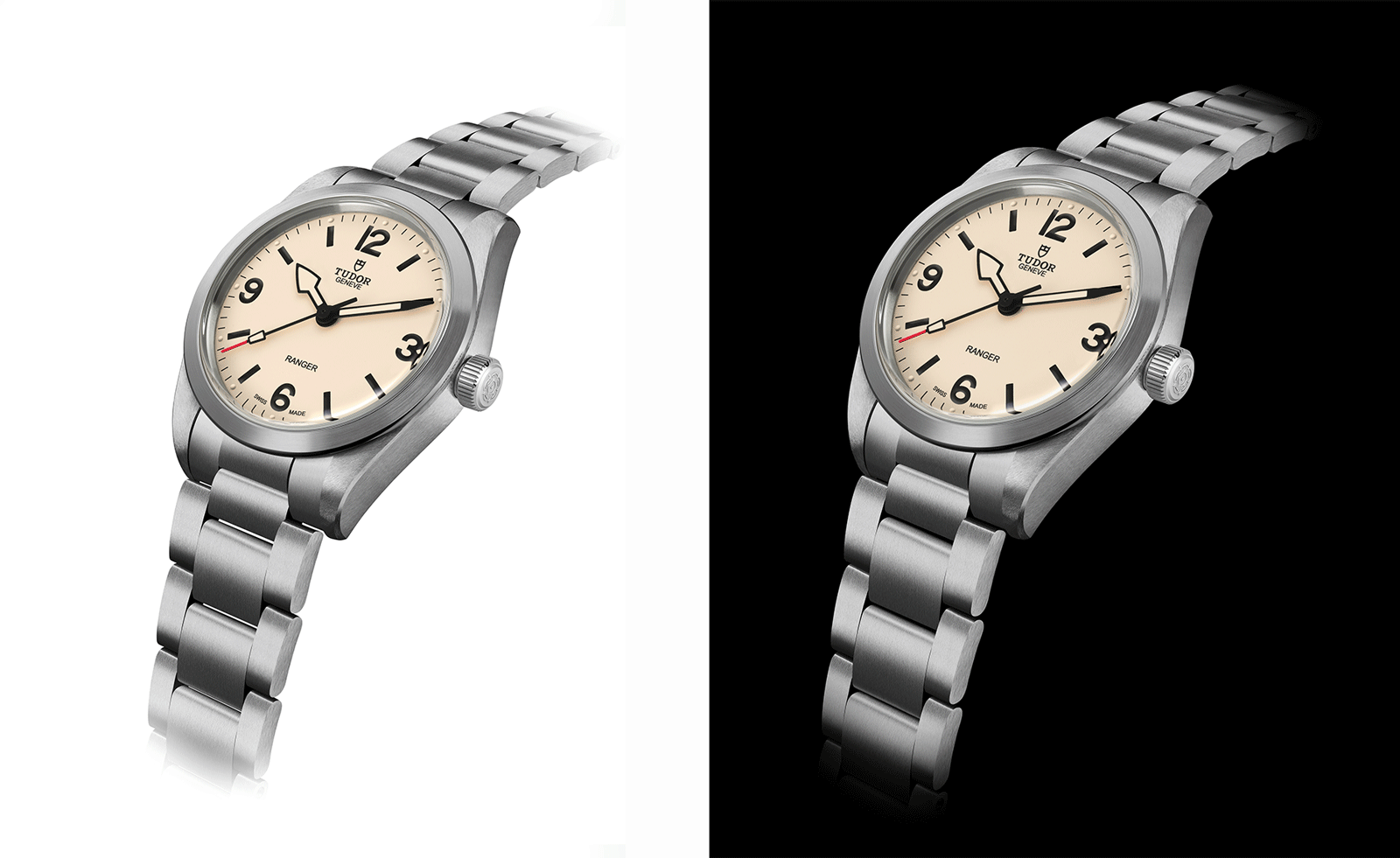 The new Tudor Ranger watches master perfectly executed simplicity
The new Tudor Ranger watches master perfectly executed simplicityThe Tudor Ranger watches look back to the 1960s for a clean and legible design
-
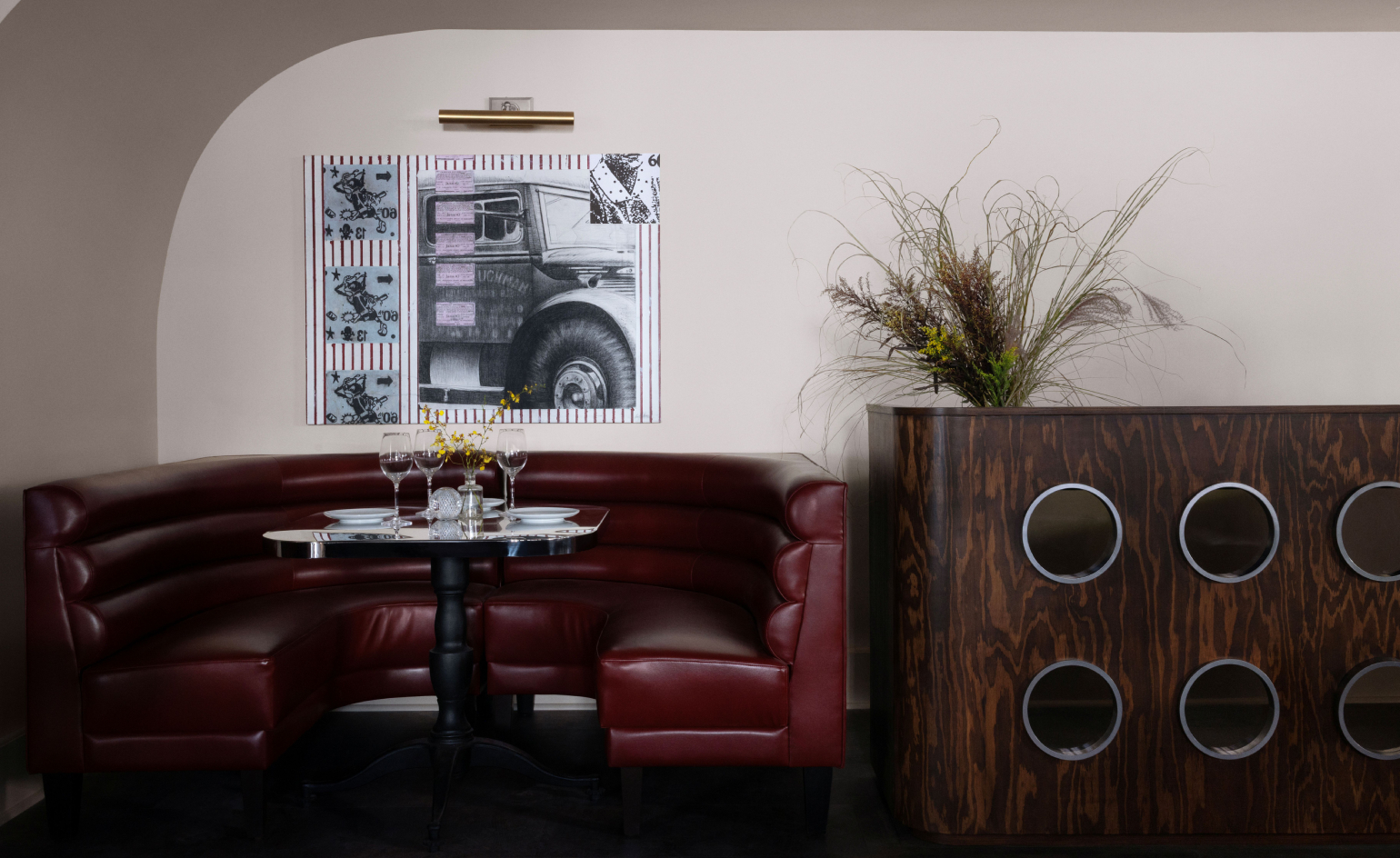 This late-night hangout brings back 1970s glam to LA’s Sunset Boulevard
This late-night hangout brings back 1970s glam to LA’s Sunset BoulevardGalerie On Sunset is primed for strong drinks, shared plates, live music, and long nights
-
 How Memphis developed from an informal gathering of restless creatives into one of design's most influential movements
How Memphis developed from an informal gathering of restless creatives into one of design's most influential movementsEverything you want to know about Memphis Design, from its history to its leading figures to the pieces to know (and buy)
-
 A Dutch visitor centre echoes the ‘rising and turning’ of the Wadden Sea
A Dutch visitor centre echoes the ‘rising and turning’ of the Wadden SeaThe second instalment in Dorte Mandrup’s Wadden Sea trilogy, this visitor centre and scientific hub draws inspiration from the endless cycle of the tide
-
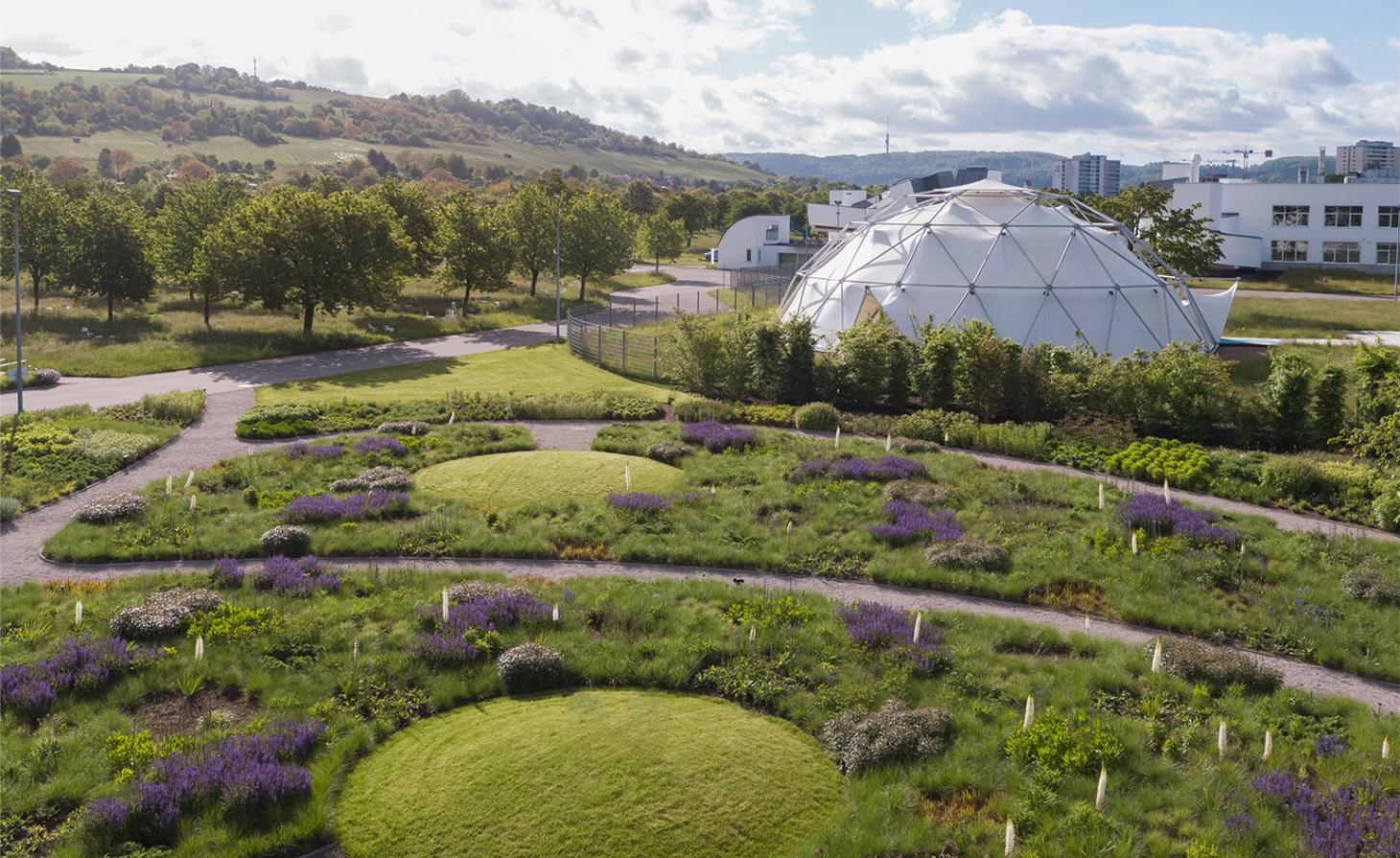 Piet Oudolf is the world’s meadow-garden master: tour his most soul-soothing outdoor spaces
Piet Oudolf is the world’s meadow-garden master: tour his most soul-soothing outdoor spacesPiet Oudolf is one of the most impactful contemporary masters of landscape and garden design; explore our ultimate guide to his work
-
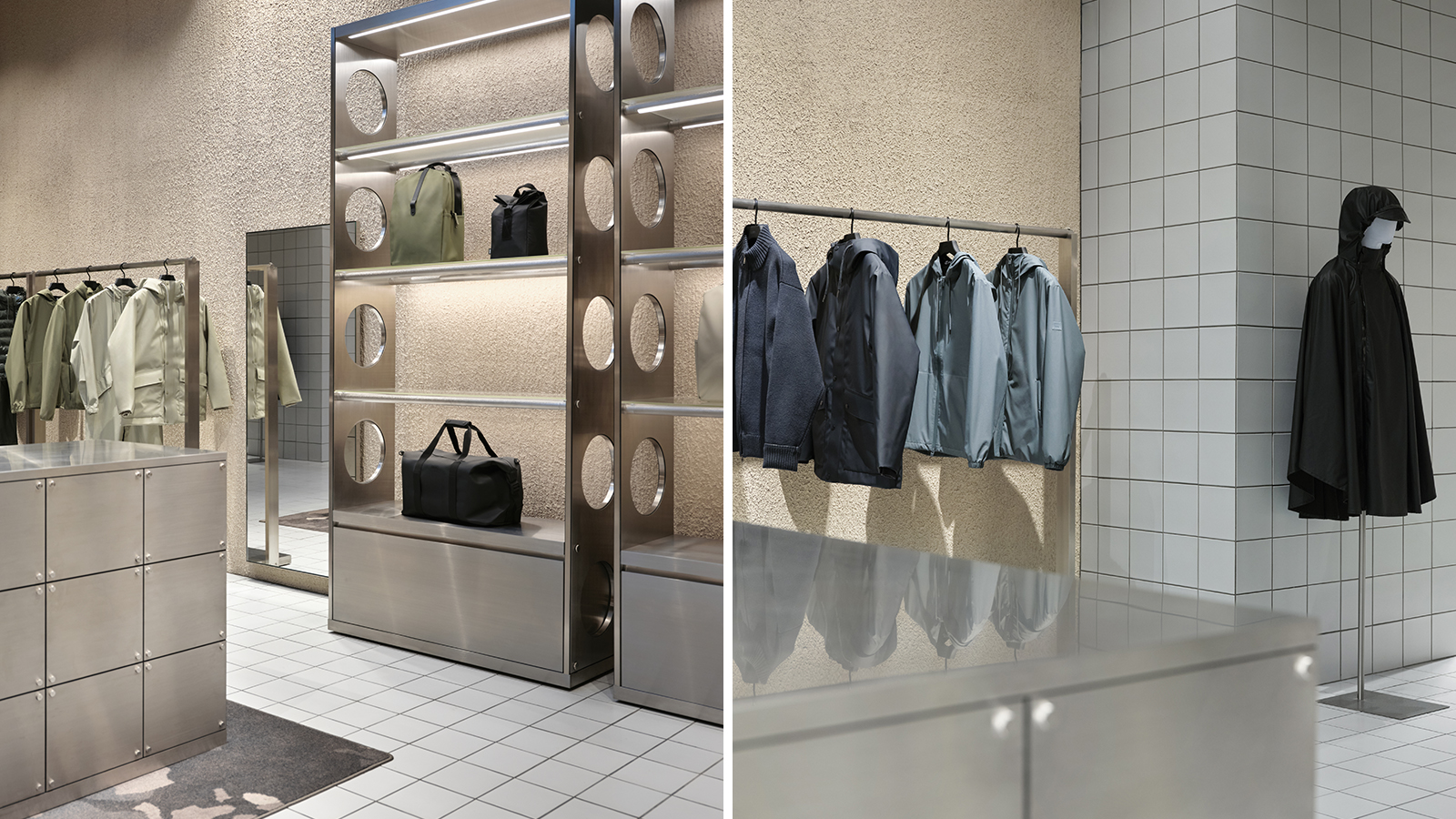 Rains Amsterdam is slick and cocooning – a ‘store of the future’
Rains Amsterdam is slick and cocooning – a ‘store of the future’Danish lifestyle brand Rains opens its first Amsterdam flagship, marking its refined approach with a fresh flagship interior designed by Stamuli
-
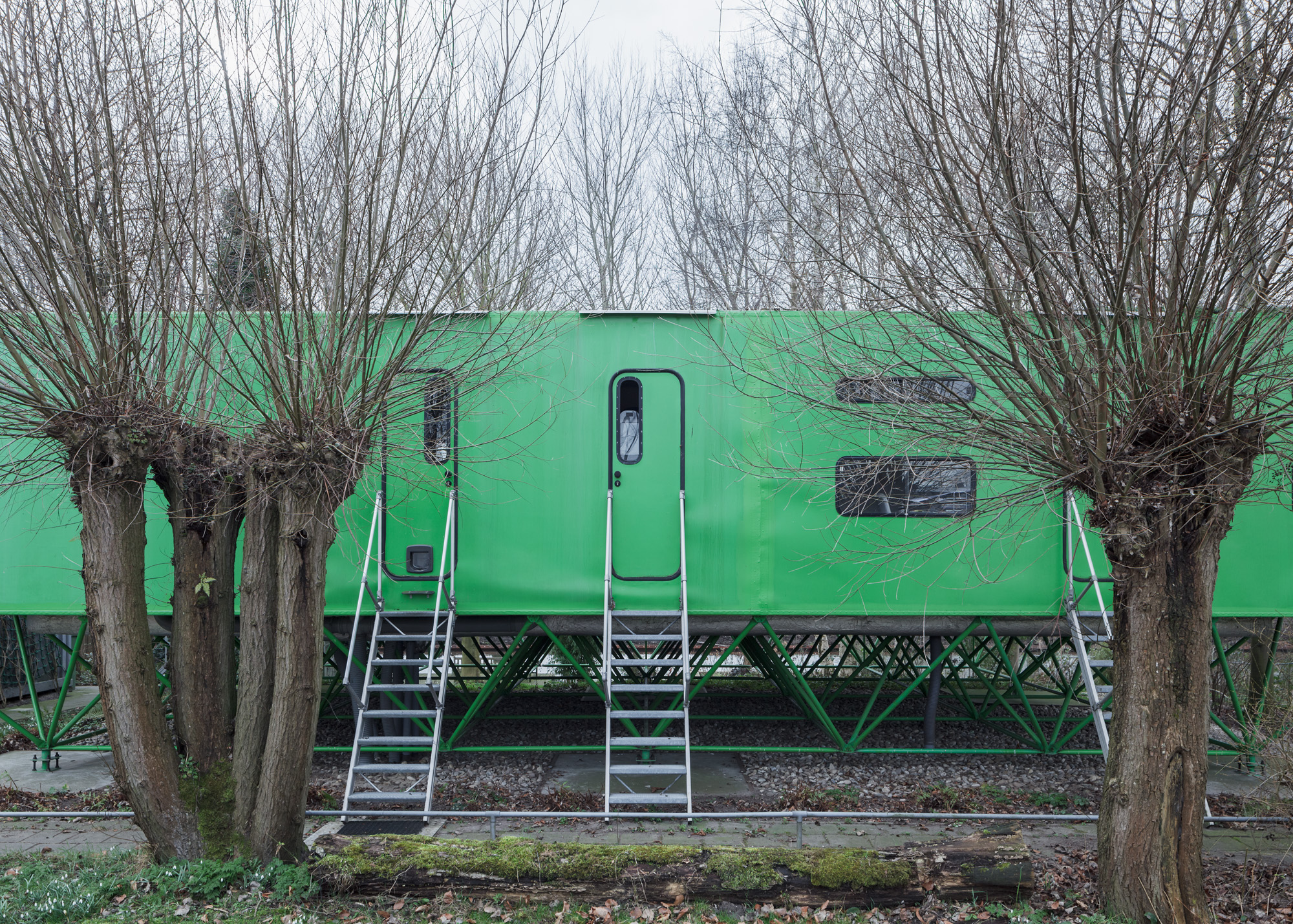 Flat-out brilliance: three Dutch houses that celebrate the horizontal
Flat-out brilliance: three Dutch houses that celebrate the horizontalThese three Dutch houses, built between the 1980s and the 2020s, blend seamlessly into the flat landscapes of the low country
-
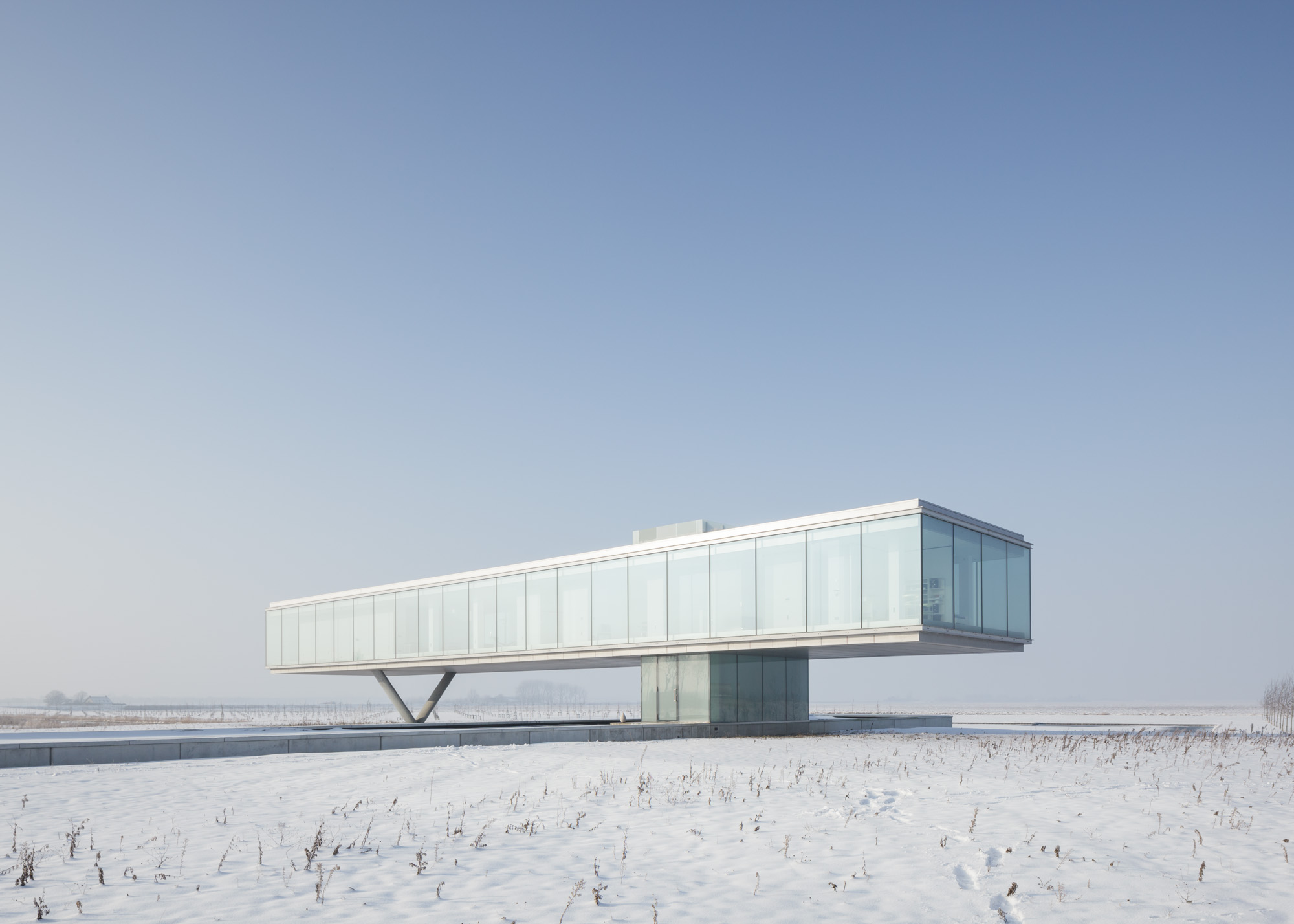 Explore a Dutch house which reframes brutalist architecture’s relationship with nature
Explore a Dutch house which reframes brutalist architecture’s relationship with natureA Dutch house by architect Paul de Ruiter is perfectly at one with the flatlands of the Netherlands; we dig into the Wallpaper* archive to revisit this unapologetic, sharp-angled streak across the landscape
-
 Discover a Jan Benthem-designed, 1980s High-Tech capsule house created in under a week
Discover a Jan Benthem-designed, 1980s High-Tech capsule house created in under a weekHow a small house by architect Jan Benthem in the Netherlands raised the stakes for High-Tech architecture and fuelled a self-build revolution; we dig into our archives for a Wallpaper* classic, first published in May 2014
-
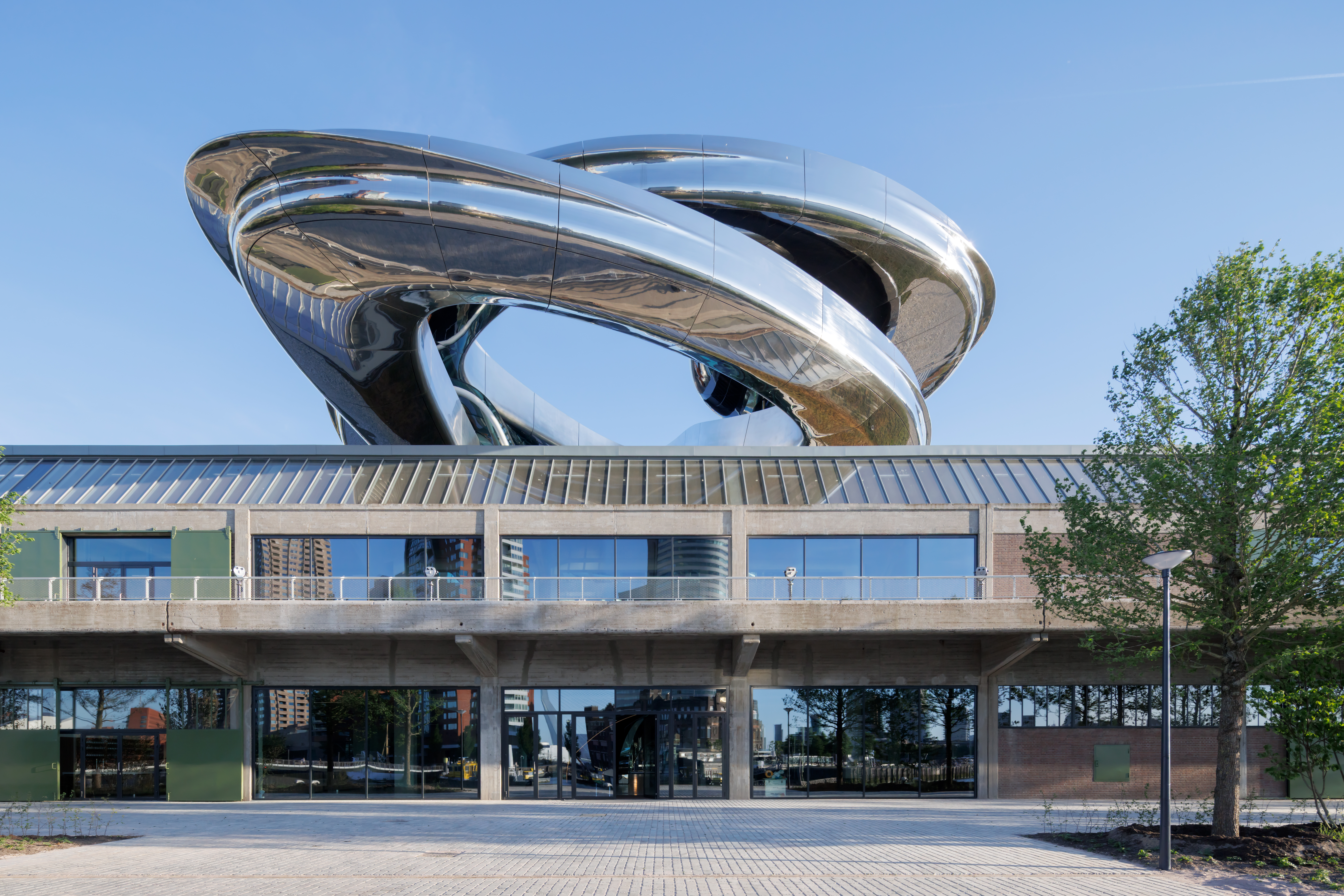 Ma Yansong's latest project is anchored by a gleaming stainless steel 'tornado'
Ma Yansong's latest project is anchored by a gleaming stainless steel 'tornado'The new Fenix museum in Rotterdam, devoted to migration, marks MAD's first European cultural project.
-
 A love letter to the panache and beauty of diagrams: OMA/AMO at the Prada Foundation in Venice
A love letter to the panache and beauty of diagrams: OMA/AMO at the Prada Foundation in Venice‘Diagrams’, an exhibition by AMO/OMA, celebrates the powerful visual communication of data as a valuable tool of investigation; we toured the newly opened show in Venice’s Prada Foundation